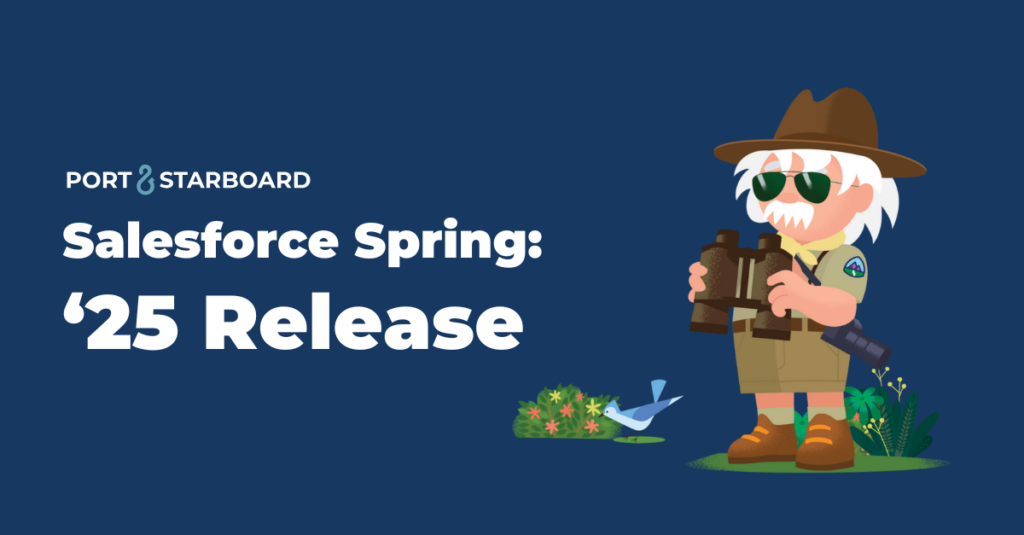Imagine calling customer service for a big-box store chain. Your new lawn mower has stopped working. So far, you’ve been transferred to three separate departments, and now you’re speaking to someone who has no information about your purchase.
You provide your name and address, but they don’t seem to have any record of your purchase (which you initiated by clicking through a link on a home improvement blog). You dig through your email to find your order number, which finally brings up your purchase receipt. By the time this is resolved, you’ve spent over 45 minutes on the phone.
We’re here to explain how MuleSoft is the solution to these painful problems – and how your business can integrate this technology to connect different systems and synchronize information seamlessly.
What is MuleSoft technology used for?
MuleSoft is a software development company. Its technology enables businesses to provide seamless customer experiences across channels, platforms, teams, and departments. It connects everything, helping organizations effectively deliver services, quickly respond to volatile conditions, and innovate faster.
Why use MuleSoft to connect your business systems?
Instead of wasting your time on that call with customer service, the big-box chain could have used MuleSoft technology to integrate its business systems.
MuleSoft allows you to link:
- Your customer relationship management (CRM) system that contains contact phone numbers and shipping information
- Your inventory management software that records purchase information, and
- Your content management software (CMS) that tracks click-through advertising performance.
A fully integrated system would have recognized the phone number you were calling from and provided the customer service representative with every bit of information about your purchase.
What is an API?
MuleSoft uses tools called APIs to link separate systems together. This “application programming interface” is a bundle of software that facilitates the exchange of data between applications. This allows two different, discrete applications to communicate, share information, and work together – without making changes to either.
An Example
Now imagine you’re a newspaper publisher in a small town. A few years back, you created an online version of your paper. You would like everyone subscribing to the print version to access the online version.
Your operations for the print and online versions are very different. Each one uses separate publishing tools and has its own CRM database of information. You don’t want to change either of these operational structures, but you’d like them to share information automatically.
A programmer could develop an API that pulls the data from one CRM and feeds it into the other, accomplishing your goals without changing the structure or functionality of either branch of your operations.
Diving a Little Deeper
Taking this analogy further, you could create another API that enables sharing of content between platforms. When a content developer uploads content for the online paper, it could automatically populate into the publishing software used by the print version’s editors.
APIs connect each discrete part of the system, allowing you to improve the efficiency of your operation as a whole without making changes to the individual components themselves. This is especially important when you can’t change the applications involved.
If you’re trying to connect your sales with a third-party payment system (like PayPal, for example), you won’t be able to make changes or control how that application works. The solution is to customize an API to work with existing applications to get the results you need.
What is Mulesoft Anypoint?
Anypoint is the platform that MuleSoft uses to integrate and connect APIs. It’s like a ship’s rigging – the system of ropes, cables, and chains on which various sails and spars are attached. Once you have a stable system of ropes, lines, and chains, you can customize and adjust the right sail plan for your craft.
In the same way, you can integrate existing or custom APIs to customize your Anypoint platform for your business needs – and easily reconfigure it as those needs change. The Anypoint platform includes tools that allow users to develop, manage, troubleshoot, and test new application programming interfaces before they go live. Improve your existing system and integrate new components without risking the integrity of your operations.
How does MuleSoft work?
The MuleSoft Anypoint platform manages and orchestrates API-led integration of all your business software into one enterprise-level system. Intermediate or System APIs allow you to continue using many of your existing legacy systems in harmony with cloud-based services and software-as-a-service (SaaS) applications.
All MuleSoft APIs are assigned different roles, or categories, in the network. In addition to System APIs, networks use Process APIs to sort the extracted data and perform analytics or other logic applications. Experience APIs format the data to be presented to different media devices like desktops, mobile devices, apps, etc.
What can MuleSoft do for your organization?
1. Pre-built and Customizable Options
MuleSoft offers many pre-built APIs for commonly used applications and systems, but it also allows you to develop and implement custom APIs. This capability allows for much more flexibility than systems without development capabilities while retaining the cost benefits and efficiency of pre-built API options.
2. Automated and Consistent Security
One significant concern with enterprise-level data sharing is security compliance. MuleSoft enables out-of-the-box compliance for ISO 27001, SOC 2, PCI DSS, and GDPR. You can customize your enterprise integrations security automation with pre-built and custom policies.
MuleSoft helps you protect sensitive data through format-preserving tokenization using policies. You can further establish secure perimeters around data, APIs, microservices, and integrations. Ensure that every integrated API – regardless of origin or environment – conforms to applicable industry regulations and industry standards without additional development overheads.
3. Resilient Operations
Because the MuleSoft Anypoint system is interconnected rather than interdependent, it’s highly resilient. Businesses can build in as much redundancy as they need to ensure reliability and can pivot quickly to respond to changing operational conditions. Implement changes with little to no downtime or loss of revenue. If one system fails or lags, you can pivot seamlessly to a backup, so your customers never know there’s an issue.
4. Scalability and Flexibility
The same features that make the Anypoint system resilient allow it to be easily scalable and customizable to fit the needs of your business. If you’ve outgrown a current tool or solution, or if it’s no longer meeting your business needs, you can develop an API that links to a new solution.
No more limping through another busy season using tools that no longer meet your needs and dragging your heels to avoid business interruption. Anypoint helps you implement the right solutions immediately.
5. Accelerated Delivery and Ongoing Improvement
One of the best parts about MuleSoft Anypoint is that you can quickly implement it for a reasonable cost. Unlike other quick-fix solutions, however, it isn’t just going to “get you by” for now. As your business grows, expands, and flourishes – and as technology changes and advances – the Anypoint system will grow with you.
How to Leverage MuleSoft and Salesforce Together
MuleSoft began as an independent software company. In May 2018, Salesforce, the global leader in CRM, completed its acquisition of MuleSoft. Now, their partnership will help you easily deliver connected digital experiences to your customers and accelerate your digital transformation. The MuleSoft Anypoint platform allows you to link Salesforce easily to applications such as Marketo, ServiceNow, and others using API connectors.
MuleSoft can connect any system, application, data, and device to Customer 360 and legacy sources to synchronize ordering, invoicing, and product information. It can link together Salesforce products and third-party systems, providing unlimited integration.
Learn How to Put MuleSoft to Work for Your Business
If you’re ready to find out more about how the MuleSoft Anypoint platform can improve your business operations, contact the crew at Port & Starboard. Our experienced consultants will design a rig that guides your ship to smooth waters so you can confidently reach your destination.




